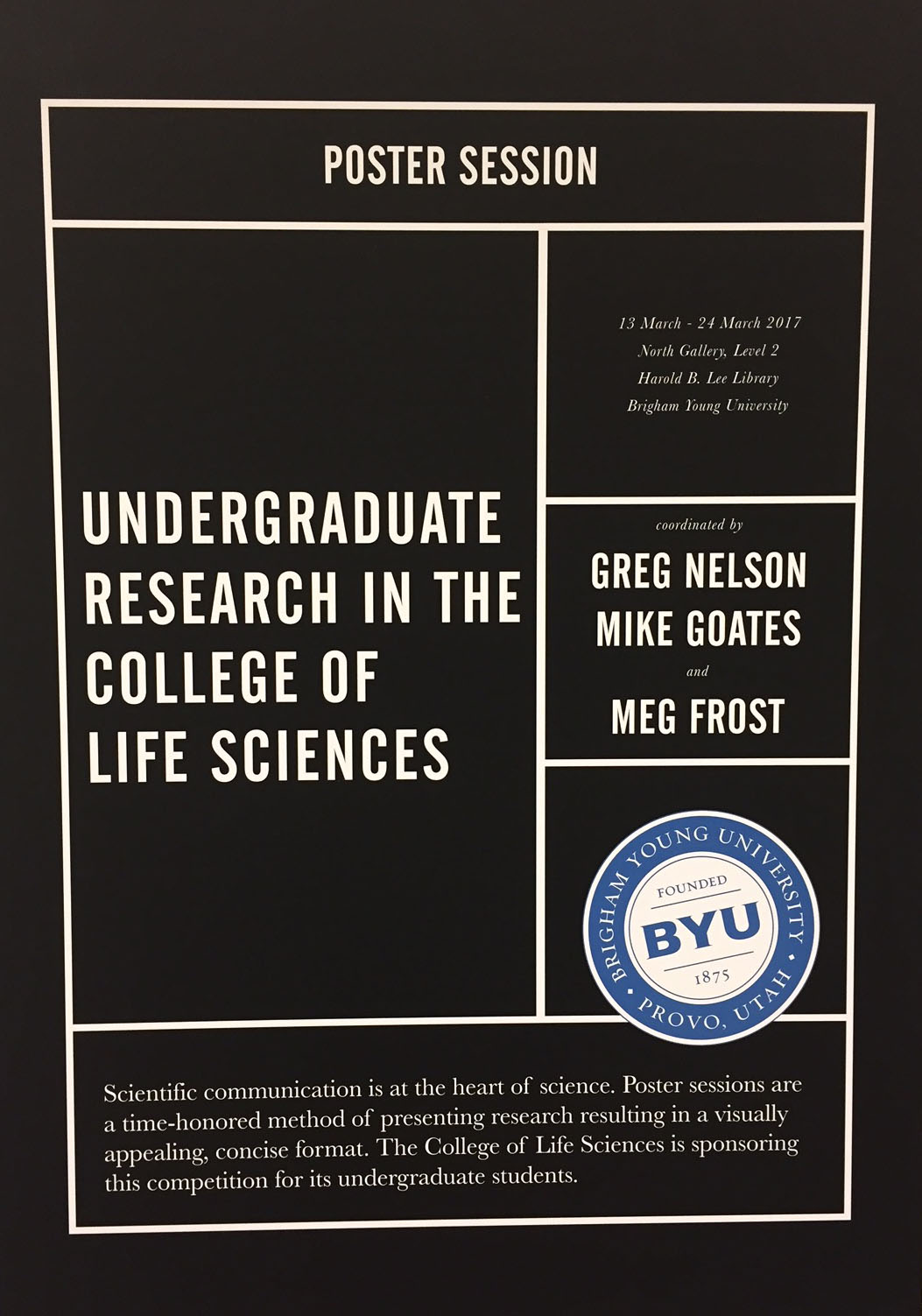
Files
Download Full Text (6.9 MB)
Keywords
human skeletal muscle, muscle repair, macrophages, necrotic tissue, immune system
Abstract
•Human skeletal muscle is capable of robust regeneration following damage. •Muscle repair following injury is dependent on the timely activity of pro-inflammatory (M1) and anti-inflammatory, pro-regenerative (M2) macrophages. Following acute muscle injury, healthy skeletal muscle experiences a rapid and vigorous inflammatory response. •Macrophages clear necrotic tissue and facilitate satellite cell behavior through the secretion of cytokines and growth factors. •It is known that aged muscle experiences poor regenerative potential following injury, but the cause is not well-understood.
Purpose: The purpose of this study was to investigate macrophage behavior in old and young people in the context of muscle damage.
Hypothesis: We hypothesized that 1) old skeletal muscle would have a greater proportion of M2 like macrophages at baseline and in the early stages of muscle repair compared to the young, and 2) old myoblasts will demonstrate increased proliferation and differentiation potential when cultured in young macrophage conditioned medium.
Rationale: The immune system, which deteriorations with age, has an important role in promoting skeletal muscle regeneration. This suggests that aged immune cells, like macrophages, may contribute to the gradual decline of skeletal muscle regenerative capacity.
BYU ScholarsArchive Citation
Kaluhiokalani, Jamie P.; Sorensen, Jacob R.; and Hyldahl, Robert D., "Macrophage Infiltration and Activation in Old and Young Skeletal Muscle Following Lengthening Contractions" (2019). Library/Life Sciences Undergraduate Poster Competition 2019. 2.
https://scholarsarchive.byu.edu/library_studentposters_2019/2
Document Type
Poster
Publication Date
2019-04-05
Language
English
College
Life Sciences
Department
Exercise Sciences
Copyright Use Information
http://lib.byu.edu/about/copyright/

